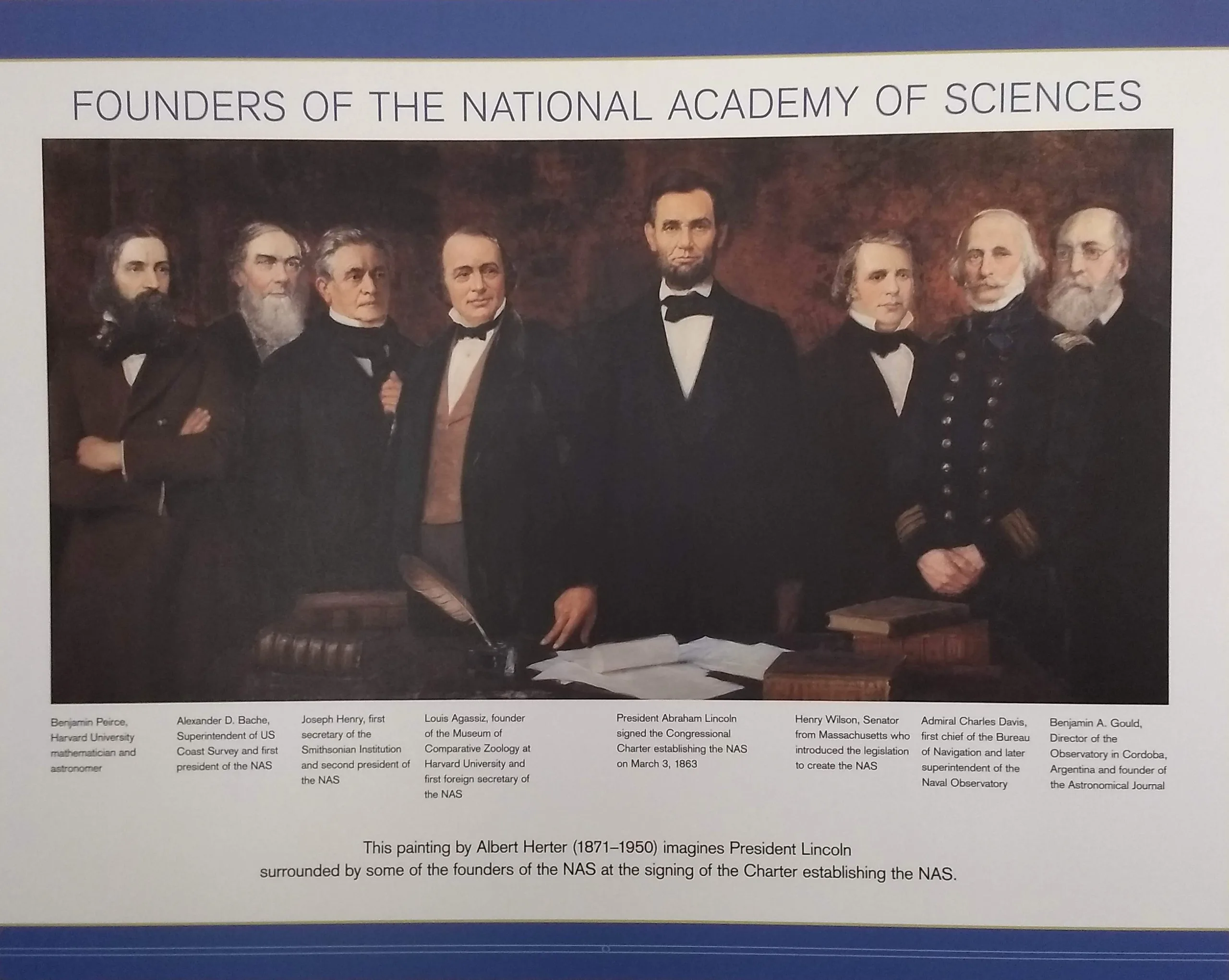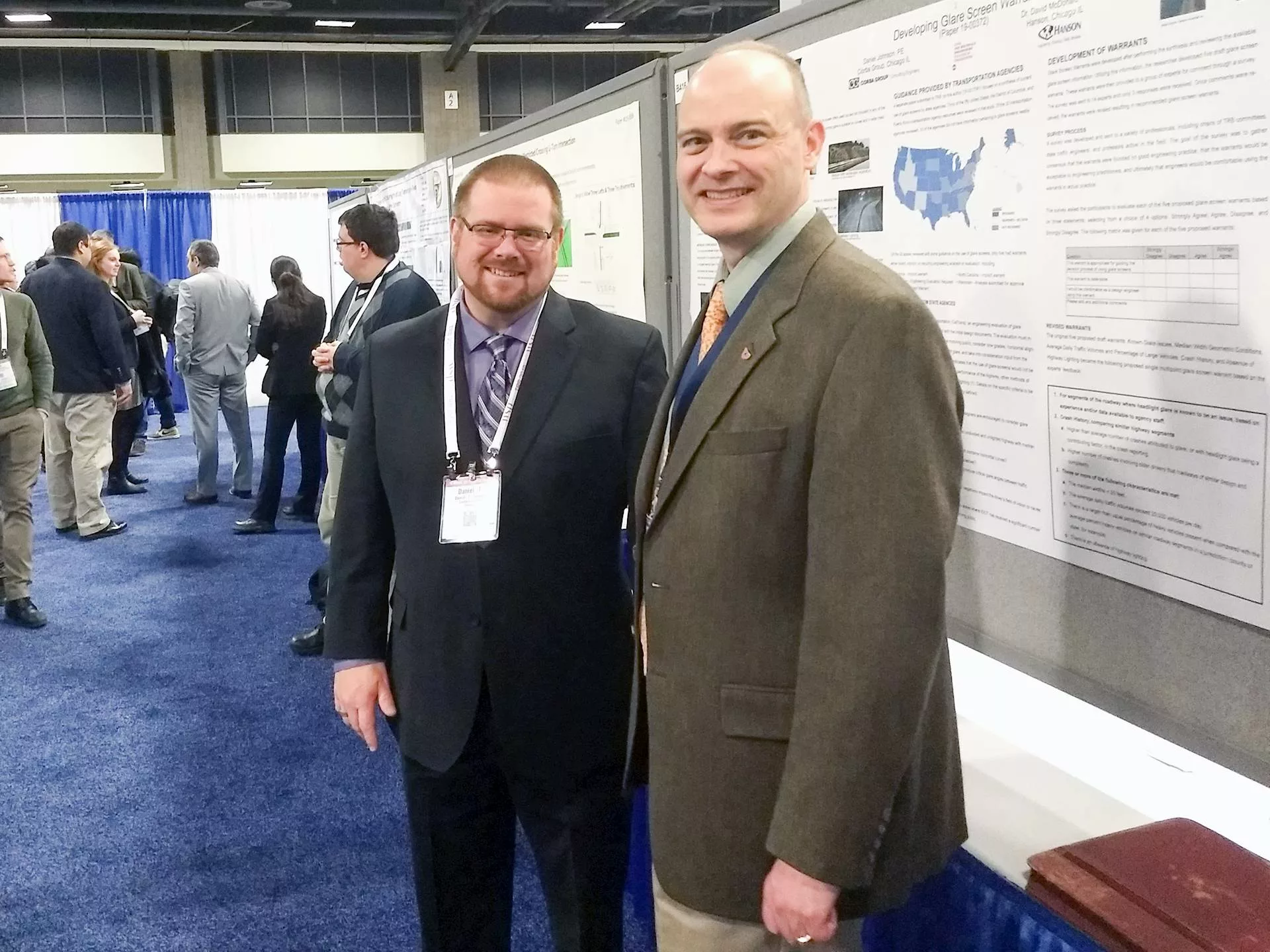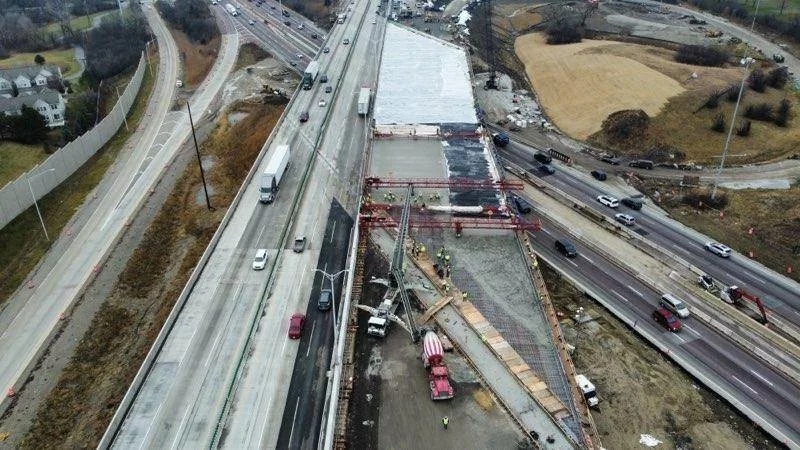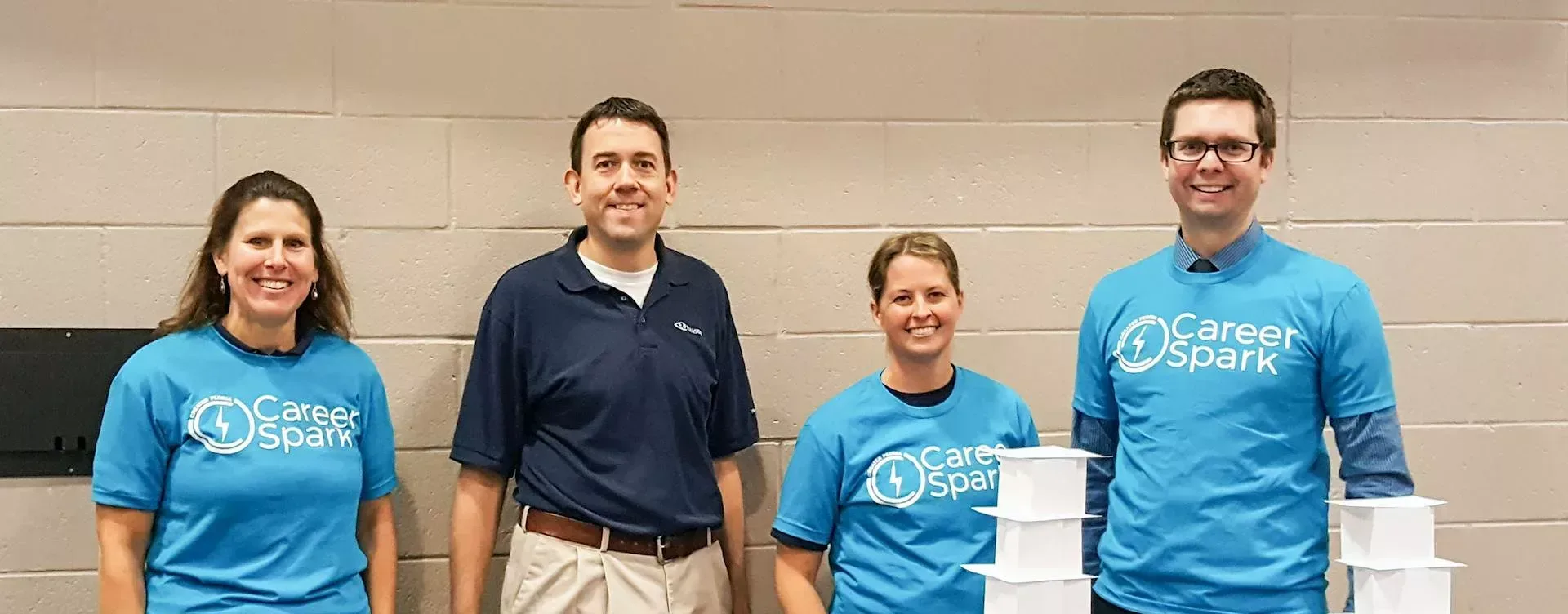David McDonald Jr., P.E., PTOE, Ph.D., is a vice president and Hanson’s technical discipline chief for the roadway discipline. Reach him at dmcdonald@hanson-inc.com.
Engineers make a difference. Our work on projects and systems in various industries improves quality of life, addresses society’s challenges and enhances safety. We also have the opportunity to increase our knowledge by participating in organizations such as the Institute of Transportation Engineers, the American Society of Civil Engineers, the American Council of Engineering Companies, the American Road and Transportation Builders Association, the Transportation Research Board (TRB) and others, from which we can network and collaborate on common goals.
As a vice president and Hanson’s technical discipline chief for the roadway discipline, I like to ask questions and learn new things. Through conducting research and implementing the products of that research, I can provide insights and thought leadership to help solve technical needs in our industry. This less-common opportunity, which indulges my inquisitiveness, is impactful to roadway engineers and special to me.
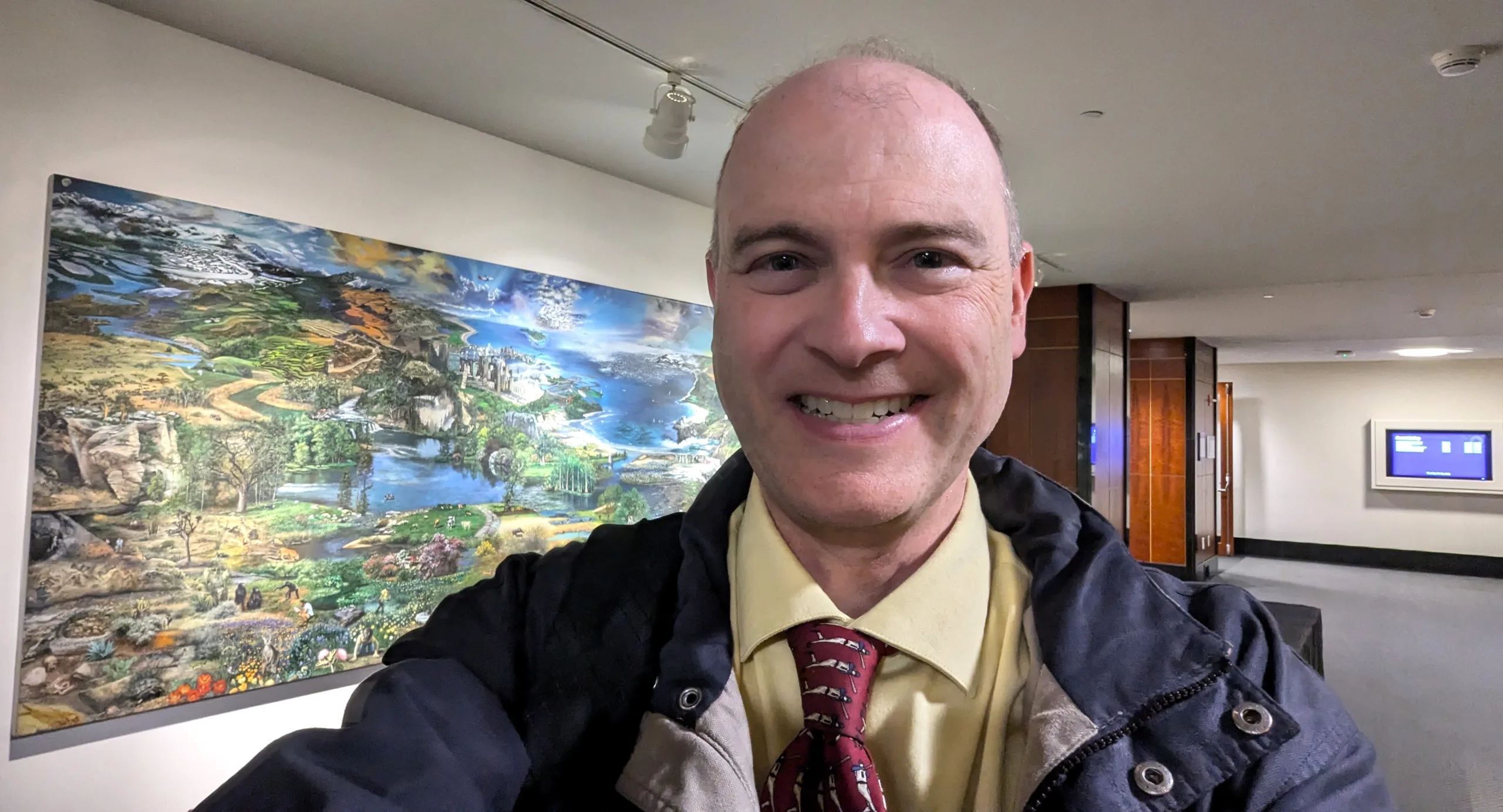
The significance of research project panels
Most people think of researchers, scientists and labs when they think of research. But there is another important piece to the research process: the group of experts who help oversee, guide and review the work of the researchers. This group comprises the project panel. I’ve been fortunate to serve on multiple project research panels, which are made up of experts in the fields most closely related to the research topics. I was recently asked about this process.
Each year, the TRB solicits researchers to advance important research. Research teams from the public and private sectors, including research institutes and universities, prepare proposals for these research projects. To make this happen, the TRB needs people with external expertise who understand the complex research problems.
For each project, a group of external technical experts form a project panel. Many apply to be on a panel, and seven to 10 experts are selected. The panel advises the TRB project or program officers because the subject is often outside the expertise of TRB staff. The panel’s members use their leadership skills and expertise to recommend a research team for the project. The panel then reviews the methodology and work of the research team and provides feedback and recommendations. Per the TRB, panelists “directly contribute to new products, techniques and guidelines to create a safer, more reliable and cost-effective transportation service.” I have had the honor of serving on five research panels.
On the cutting edge of future transportation
As a practical yet futuristic engineer, I like results that can be implemented and used by working practitioners. I have served as an active member of two project panels related to automated vehicles, with my focus being on how they may affect road geometrics or how road geometrics may affect automated vehicles. This has allowed me to work on the cutting edge of this developing technology and the evolving changes to the vehicular fleet. One of those panels is still active, and I’m excited for the forthcoming results to be published.
The research teams’ results from two of my other panels will impact how engineers design roads, especially geometrics. One research project is complete, and the other is early in the process. Together, these projects’ research results will likely change sections of the American Association of State Highway and Transportation Officials publication, A Policy on the Geometric Design of Highways and Streets, Seventh Edition (aka the “Green Book”). This book is the basis for most U.S. roadway engineering design guidance. Key design elements and criteria, such as a driver’s eye height, object height, stopping sight distance, acceleration and deceleration and superelevation design and transitions may be affected. The impacts and changes are the result of considering the evolving technologies of the vehicle fleet. Implementing this work will influence how engineers design our roads for many years.
